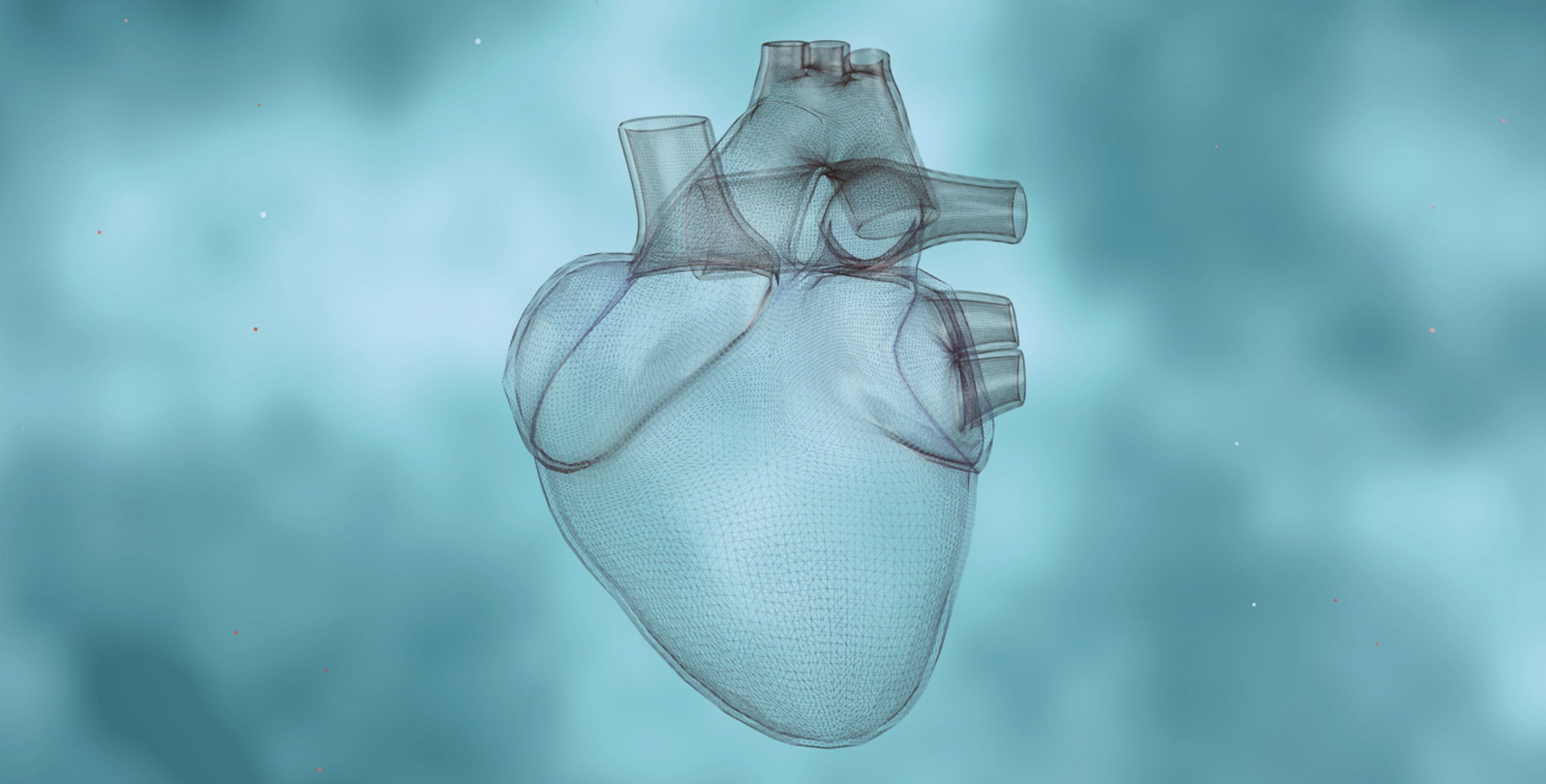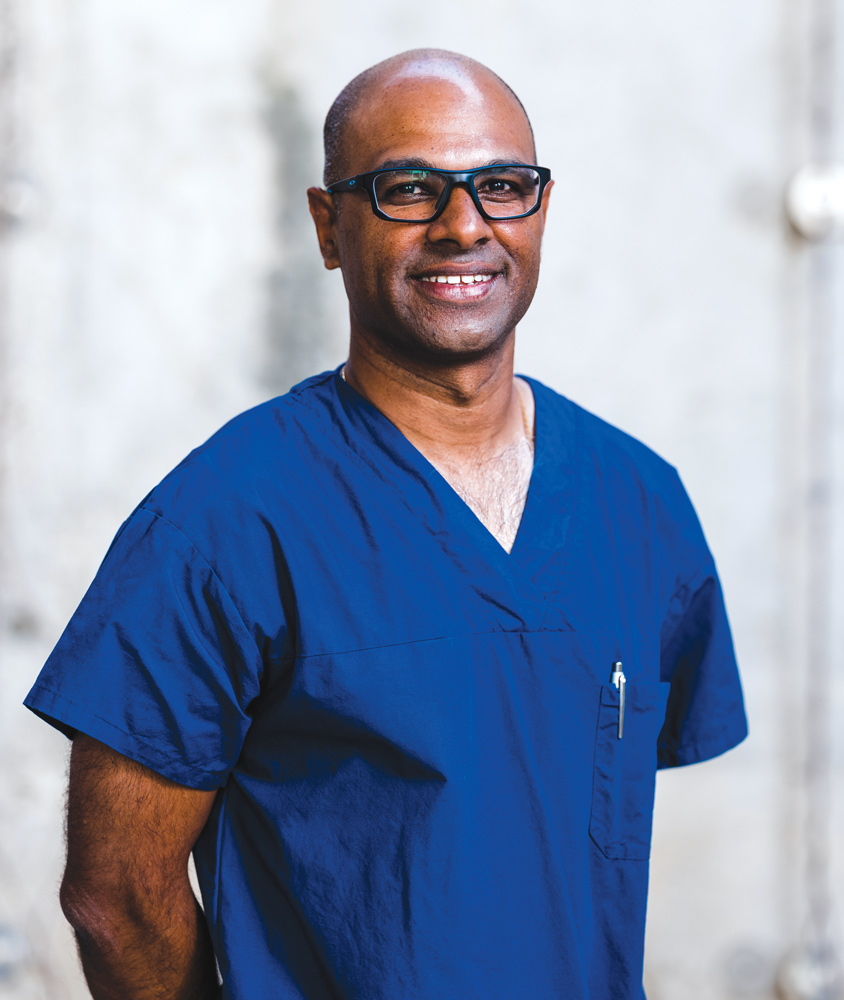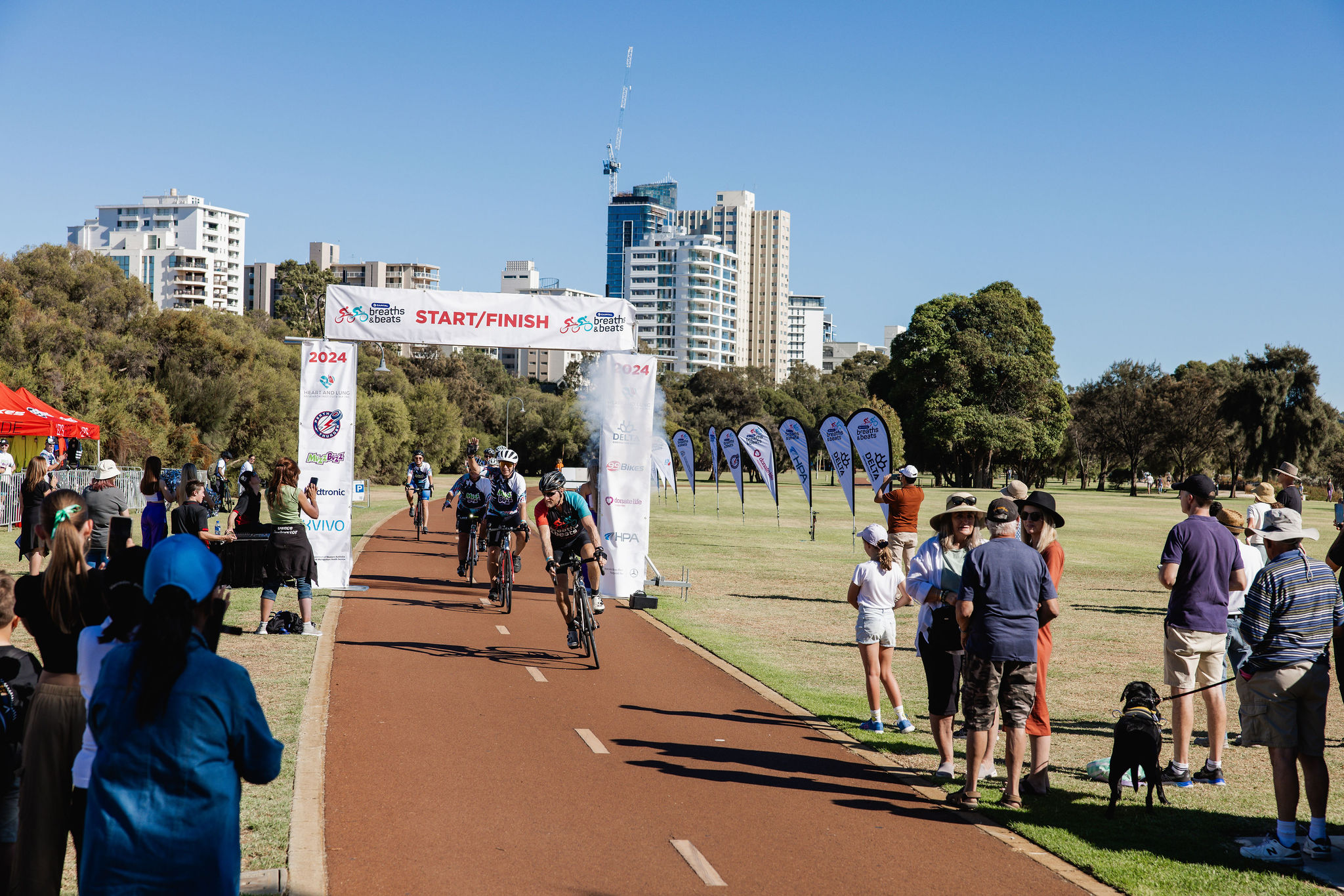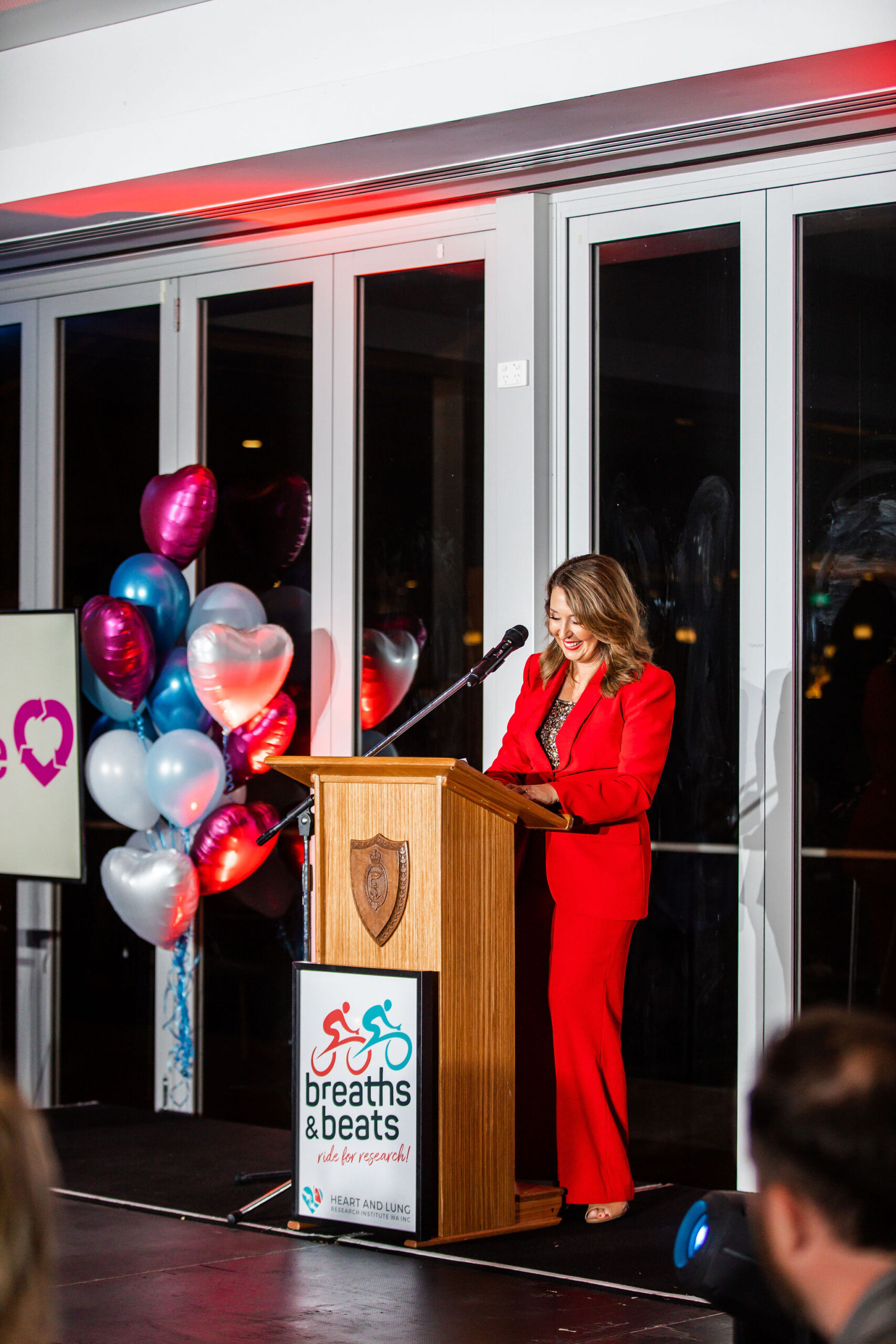
The gift of life – increasing the use of donated hearts
In 2019, around Australia there were 367 heart donors but only 112 hearts were transplanted. Improving the use of donated organs is an area of clear unmet need. Unlike brain-dead donors, some donors suffer a circulatory death (DCD), where the heart has ceased beating. Hearts from these donors have traditionally been considered too high risk to be transplanted and thought likely to yield poor recipient outcomes.
In 2014, the St Vincent’s group in Sydney commenced a world-first program of using DCD hearts for transplantation from adult donors. Established DCD heart transplant centres report an overall increase in heart transplant activity of 20-40%. Furthermore, five-year survival is superior to conventional donor organs at 94%.
Despite excellent results in a few specialised centres, significant hurdles prevent DCD heart transplantation from becoming a mainstream tool worldwide.
METHOD, COMPLEXITY, COST AND ETHICS
The Sydney group preserves hearts using the Transmedics Organ Care System (OCS Andover, MA, USA). This device, which supports a warm, beating organ, has become a global standard but consumables are about US$40,000 per organ. Papworth Hospital in the UK performs Normothermic Regional perfusion (NRP) where after circulatory arrest, the aortic arch vessels are clamped to exclude the cerebral circulation. The donor is then placed on a heart lung machine to resuscitate the heart in situ for 45 minutes before it is placed on the Transmedics OCS or ice, for transport.
NRP is not permitted in many jurisdictions. Further, a ‘standoff period’ is observed following the cessation of circulatory activity to allow for confirmation of death. This may be as little as 75 seconds or up to 20 minutes as required in Italy. Better community and clinician understanding of DCD transplant is required to allay anxieties about procuring stopped hearts to be restarted in a recipient.
Heart function after transplantation is linked to the time it has spent warm and ischaemic. Donors must progress to death following withdrawal of life support within 30 minutes to avoid significant organ injury. Longer times may preclude organ use. Ironically, reperfusing the heart may also further damage it.

THE FUTURE OF DCD HEART TRANSPLANTATION
The Victor Chang Cardiac Research Institute (VCCRI) is working a novel ASIC1a inhibitor derived from Australian funnel web spider venom to reduce reperfusion injury.
Our own group in Perth, the Heart and Lung Research Institute of WA (HLRI WA) in collaboration with Fiona Stanley Hospital, Murdoch Veterinary School and the UWA-based Hool Lab and supported by Spinnaker Health Research Foundation, is investigating gas and nebulised drugs flushed through the vessels of the heart rather than blood or fluid to reduce complexity and improve outcomes.
HLRI WA is also investigating novel assessment tools to test heart health before implantation, allowing those previously considered unusable, to be safely transplanted.
Continuing advancement in organ procurement, management and assessment may yet improve our ability to utilise more fully the gifts so generously given by organ donors and their loved ones.
KEY MESSAGES
- Improving the ability to utilise more donated organs is an unmet need
- Using hearts from donors who have suffered a circulatory death (DCD) is now possible but complex and costly
- Research and innovation simplifying DCD heart transplantation and organ assessment, may allow wider use of such hearts.
For more information on DCD heart transplantation visit www.hlri.org.au/projects



